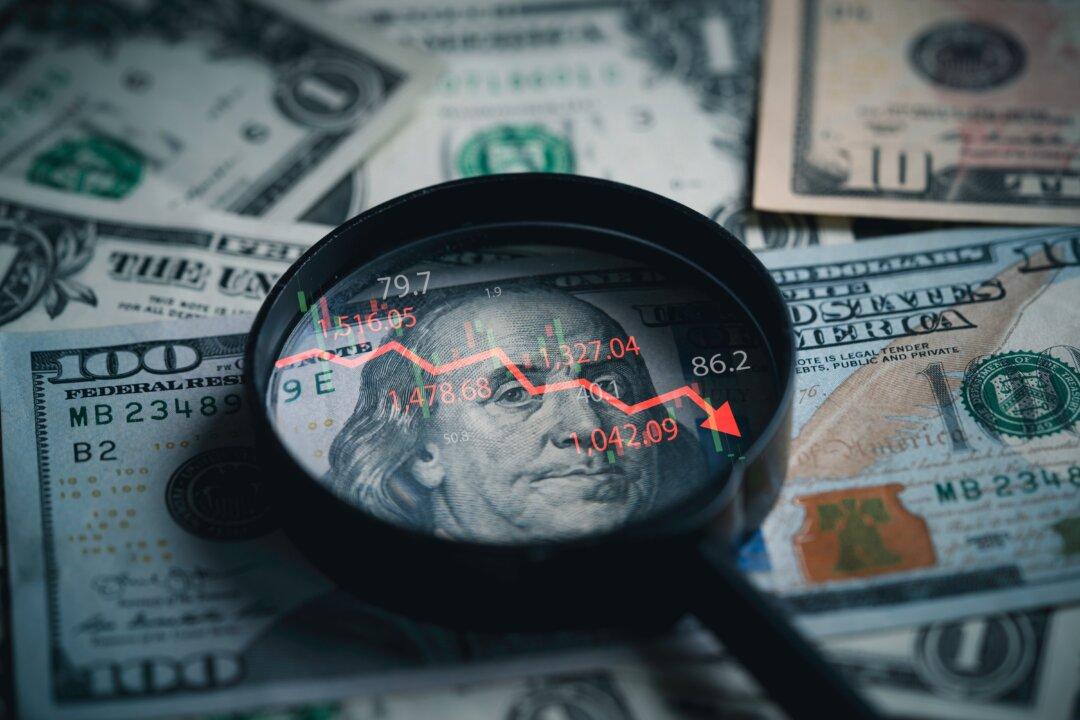Commentary
Jan. 12 was Consumer Price Index (CPI) day, with all the predictable blather and nonsense about how what you absolutely knew to be true certainly isn’t true because the experts say otherwise. This keeps happening these days: We know one thing—in this case, that our purchasing power is being slammed—but regime spokesmen keep saying we’re wrong.





